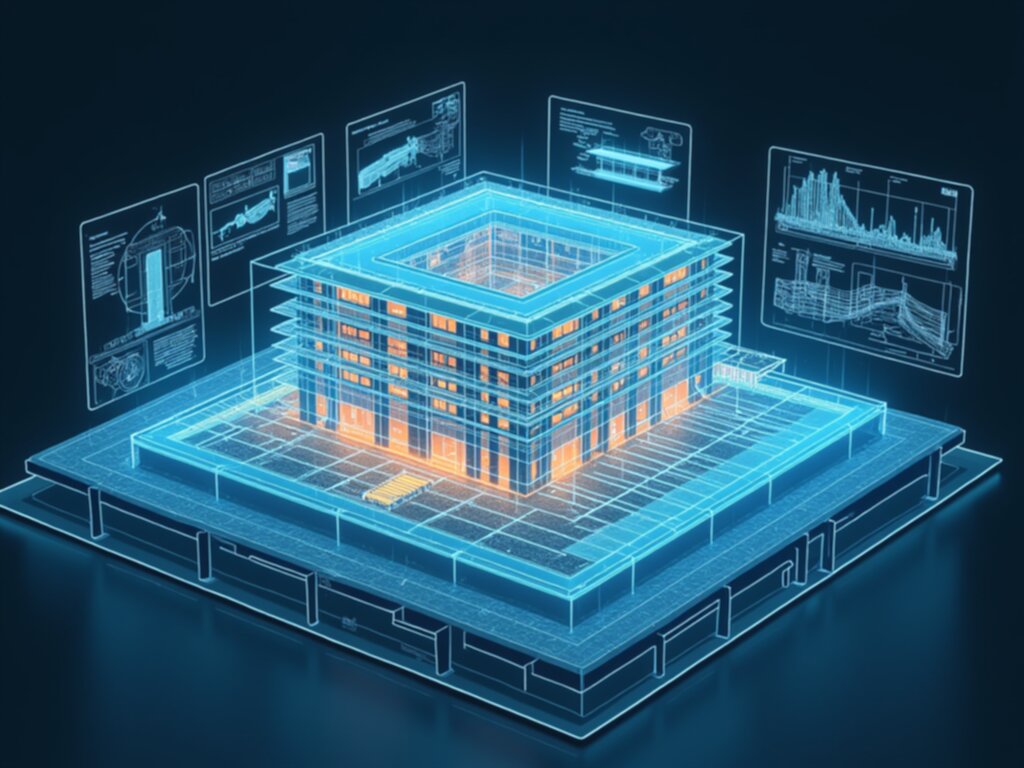River Des Peres Structural Integrity An Engineering Safety Review

So, I've been spending some time lately looking closely at the River Des Peres. It’s one of those systems you drive over or near constantly in the region, often without giving it a second thought. But when you start pulling on the threads of its infrastructure, particularly the structural elements that keep it contained and flowing where it needs to go, the picture gets considerably more interesting, and frankly, a bit more serious. We're talking about massive civil works designed to manage stormwater and wastewater for a large metropolitan area, systems that have been in place for decades, adapting—or sometimes struggling to adapt—to changing conditions.
What really grabbed my attention were the recent reports hinting at ongoing assessments of the structural integrity along key stretches. These aren't just minor patch jobs; we're looking at retaining walls, culverts, and perhaps most critically, the aging combined sewer overflow (CSO) infrastructure buried beneath and alongside the channel. Understanding the current state of these physical barriers against natural forces and urban pressures isn't just an academic exercise; it directly relates to public safety and environmental stability downstream. Let's try to break down what this structural review likely entails from an engineering standpoint.
When engineers examine the structural integrity of something like the Des Peres channel walls, they aren't just looking for obvious cracks, though those are certainly noted. We have to consider material degradation over time—steel corrosion within reinforced concrete elements, perhaps alkali-aggregate reactions causing internal stresses in the older concrete pours, or even soil mechanics issues where the foundation supporting these massive structures might be experiencing settlement or scour due to altered flow regimes. The design life of these structures, originally conceived in a different era with different anticipated rainfall intensities and volumes, is a major question mark hanging over the whole operation right now. I imagine inspectors are using ground-penetrating radar and sophisticated ultrasonic testing in addition to standard visual assessments to map out internal defects that aren't visible from the surface. Furthermore, the interaction between the channel structure and the adjacent utility corridors, which are often packed tightly together in older urban environments, introduces another layer of potential instability that requires careful modeling. We must ask if the current loading assumptions still hold true given the increased frequency of intense storm events we’ve observed.
Then there is the subterranean network associated with the River Des Peres—the CSO components are particularly worrying from a structural perspective because they operate under constant hydraulic pressure and chemical exposure. These large-diameter pipes and tunnels are subject to infiltration and inflow, which can wash away supporting soils beneath them, leading to voids and potential localized collapse if not properly managed. A structural review here means assessing the likelihood of significant inflow entering the system during a heavy rain, which stresses the capacity and potentially exacerbates leakage points in the pipe lining or segments. If the review points towards systemic failure risks in these conveyance structures, the logistical and financial undertaking to stabilize or replace them becomes enormous, likely requiring significant traffic disruption and complex bypass pumping operations during construction phases. We need to see transparent reporting on the calculated factor of safety remaining in the most critical, load-bearing sections of this aging infrastructure before we can truly say the system is sound for the next few decades. It’s a complex balancing act between maintaining necessary flow capacity and ensuring the physical containment structures remain robust against external pressures.
More Posts from aistructuralreview.com:
- →Load-Bearing Analysis How the 59th Street Bridge's Cantilever Design Has Survived 114 Years of New York Traffic
- →Roebling Bridge Engineering Still Shaping Structures Today
- →Lake Pontchartrain Causeway Engineering Marvel Celebrates 68 Years of Connecting Louisiana Communities
- →Structural Analysis of Rainbow Bridge's Steel Arch Design 80 Years of Engineering Excellence Through Extreme Weather Conditions
- →Civil Engineering Salaries in 2024 A Data-Driven Analysis of Pay Trends and Regional Variations
- →Engineering Marvel How Minots Ledge Light's Second Tower Survived 164 Years of Extreme Atlantic Conditions